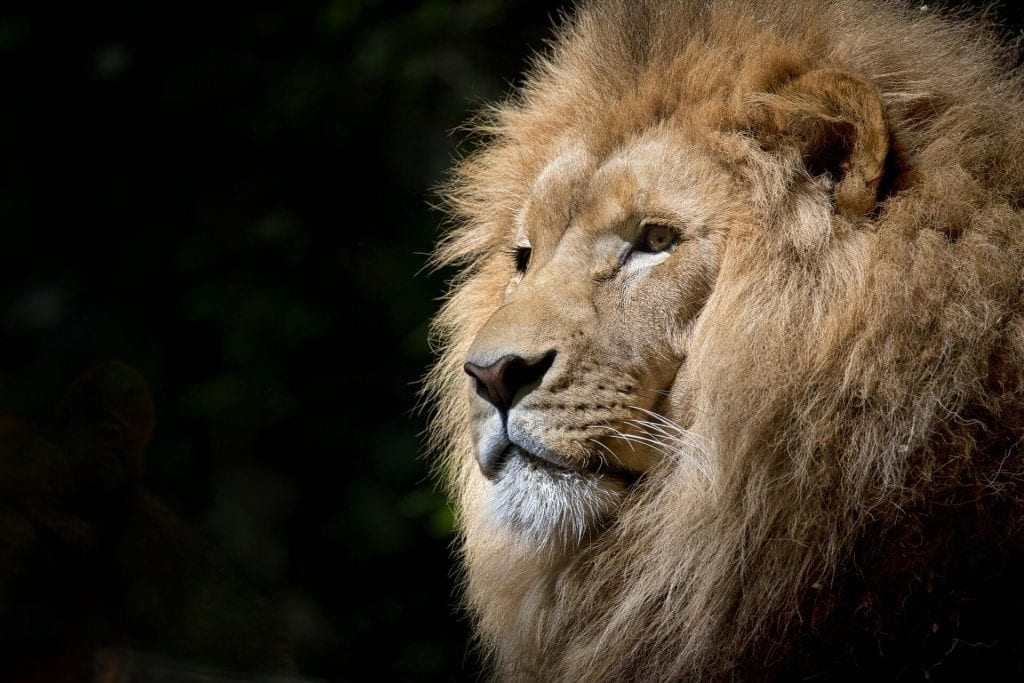How Many Lions Are There in the World?
The methods used to count lion populations may be wrong. This is supported by a new study, which proposes alternative and more reliable ways.
A hundred years ago, about 200,000 lions lived in Africa. Today, the number has dropped considerably, lions have disappeared in 26 African states and countries and about 20,000 specimens survive on the continent, a tenth of those there were a century ago.

A new study by the University of Queensland puts forward a disturbing hypothesis: we might be using unreliable methods to count the lions’ population. Estimates on the number of lions still present in Africa range between 20,000 and 30,000 specimens, distributed in 102 populations occupying 2.5 million square kilometers of territory.
These estimates, however, explains the author of the study Alexander Braczkowski, are based on old methods: the counting of tracks, the use of baits (also acoustic ones) to attract the specimens, and what is called “expert solicitation”, which means making a numerical estimate based on the evaluations of experts in the field.

The problem with lions is that it is becoming increasingly difficult to calculate the number of lions existent with techniques that are based on their permanence in an area. The proposal, therefore, is to no longer rely on estimates, but on a direct count of the specimens.
SECR is an acronym for Spacially explicit capture-recapture. The method is simple: instead of relying on indirect traces, it involves identifying individual specimens with the use of drones and high-resolution photos, keeping track of their movements, and thus knowing the identity of each animal that is observed and counted.
